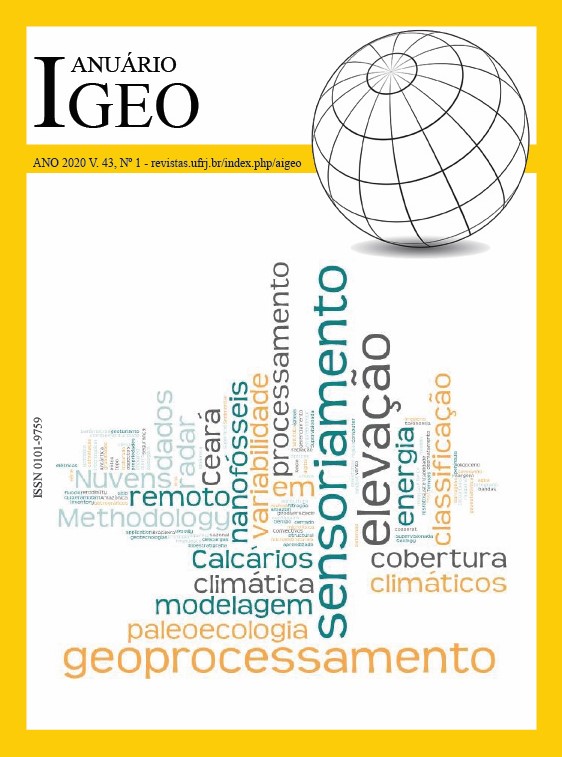Evaluation of Different Methods for Non-Metric Camera Calibration
DOI:
https://doi.org/10.11137/2020_1_266_272Keywords:
Interior Orientation, Lens Distortions, PhotogrammetryAbstract
Calibration of a non-metric digital camera is a procedure that aims the modeling of systematic errors caused by lens distortion due to manufacturing and assembly process. This procedure must be carried out in order to improve the accuracy of a project. In addition, in photogrammetric measurements it is essential to comprehend the interior orientation parameters to model the distortions and generate trustful cartographic products. The camera calibration is needed more often for non-metric camera due to its low geometric stability. In the case of a commercial off-the-shelf digital camera, its interior orientation parameters are sensitive to external exposure and other factors, these characteristics creates the necessity of calibrating the sensor before any data acquisition. There are difference on the calibration methods, where some approaches requires more time, more elaborated data and sophisticated algorithms, such as the calibration using ground control points, on the other hand, there are faster and automated approaches that applies computer vision to reduce any human interaction. In this paper, the quality of these two different approaches for camera calibration was investigated. The first calibration is called “GCP-based” and it is based on georeferenced data processed with commercial software, and the second calibration is called ``Chessboard-based” and applies computer vision algorithms to estimate the parameters using a planar chessboard with black and white pattern and known dimensions. As result, the planimetric RMSE were compared with the reference coordinates, better accuracy was obtained with Agisoft PhotoScan software, with a RMSE of 1.4 cm.Downloads
Download data is not yet available.
Downloads
Published
2020-04-23
How to Cite
Garcia, M. V. Y. (2020) “Evaluation of Different Methods for Non-Metric Camera Calibration”, Anuário do Instituto de Geociências. Rio de Janeiro, BR, 43(1), pp. 266–272. doi: 10.11137/2020_1_266_272.
Issue
Section
Article
License
This journal is licensed under a Creative Commons — Attribution 4.0 International — CC BY 4.0, which permits use, distribution and reproduction in any medium, provided the original work is properly cited.















